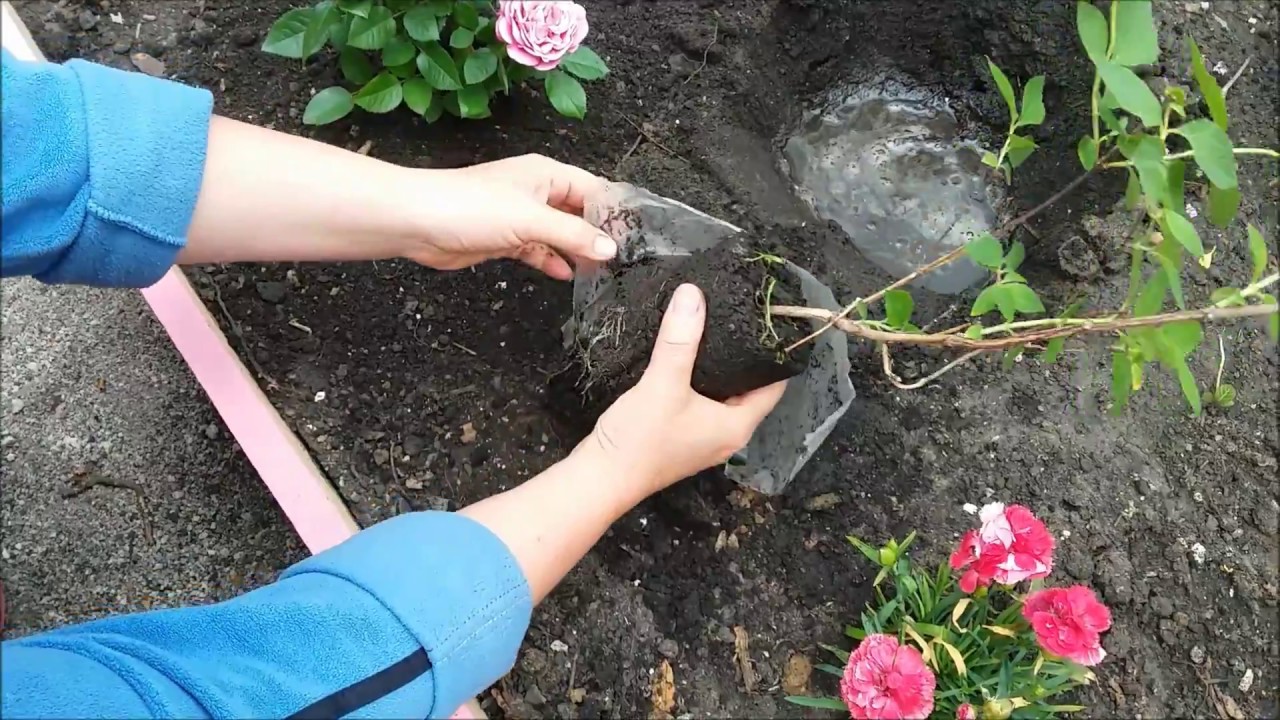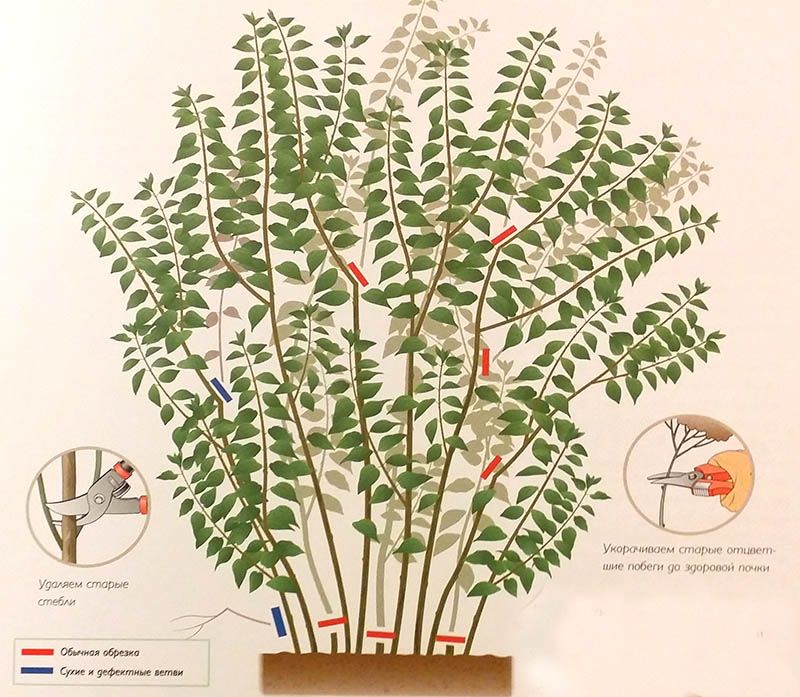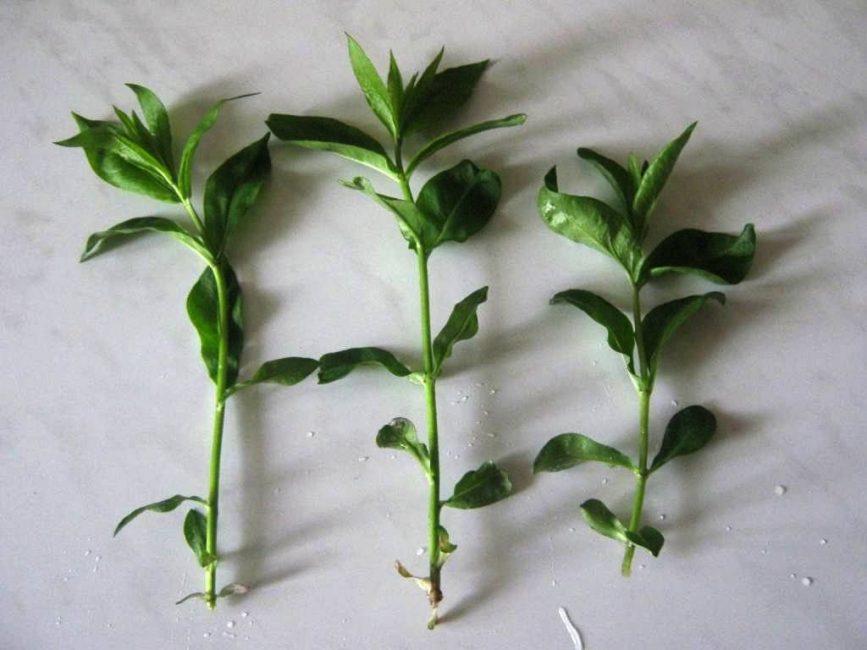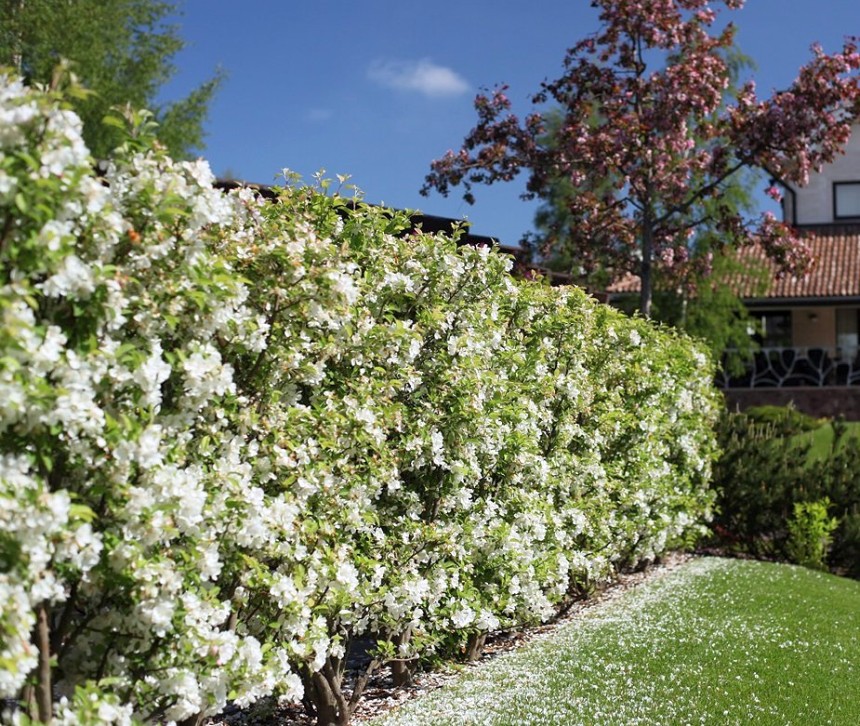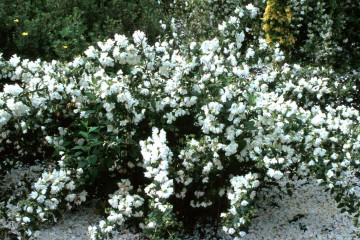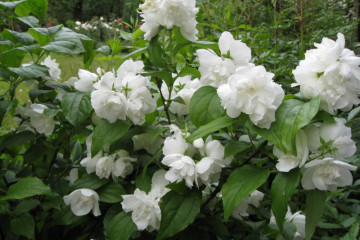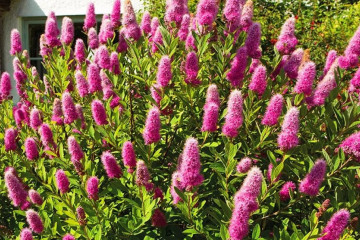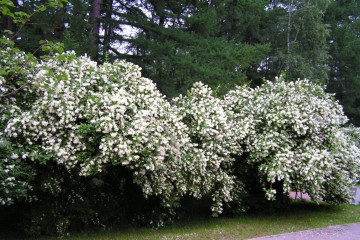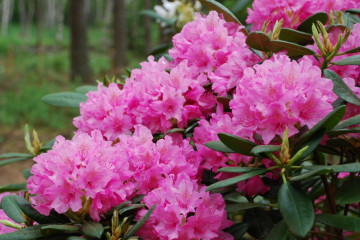Chubushnik shneesturm - description, planting and care
Content:
Chubushnik Schneesturm or garden jasmine is a vigorous, fast-growing flowering shrub. The seedling is capable of growing annually up to 3 meters. Outwardly, the plant resembles a fountain due to weeping shoots that fall along the outside of the crown. When the bush begins to bloom, Shneesturm's mock-orange literally looks like a cloud. White double flowers, reaching 5 cm in diameter, gather in large inflorescences, the inflorescences form a white blanket that covers the entire bush.
Planting a plant
You can plant a mock-orange Shneesturm by seeds or directly into open ground. The choice of the type of planting is influenced by the Shneesturm variety, the description of which is important to study in advance.
Planting from seeds
Sowing seeds of garden jasmine is carried out in the spring or autumn. The plant has good winter hardiness with proper care.
It is better to start autumn planting from mid-October to early November.
- about 2 months before planting, the seeds are packed in a plastic bag and removed to the vegetable section of the refrigerator;
- pre-mixed with sand, chubushnik seeds are evenly distributed on the soil and covered with compost or covered with spruce branches;
- in the spring, after the snow has completely melted, the winter shelter is removed.
Spring sowing should be started around March. The seeds also need to be prepared. For this, the seeds of the crown mock-orange Shneeshturm are placed in a small bag, which is immersed in water at room temperature for about 3 hours, then in sawdust or wet peat for 2-3 days. After that, the seeds must be taken out and slightly dried. Also:
- before sowing, the seeds must be mixed with sand;
- seeds are sown in a container with a specially prepared mixture consisting of peat, compost and leaf soil in a ratio of 2: 1: 1 or turf and peat in a one-to-one ratio;
- the sowing is covered with a layer of sand about 3 centimeters thick;
- the substrate must be sprayed and covered with film or glass.
- the first shoots will appear in 10-12 days. They must be sprayed with a light pink solution of potassium permanganate immediately after appearance;
- it is necessary to continue care for the shoots - to ventilate and spray;
- you need to start diving shoots after the appearance of the fourth leaf. The dive is carried out at a distance of 3-4 cm between the plants;
- seedlings are transplanted into open ground in late May-early June;
- in October, seedlings must be mulched with peat 10 cm;
- next spring, you need to completely cut off the entire aerial part, this will increase the bushiness of the chubushnik;
- matured seedlings are transplanted in the fall to a permanent place;
- for the winter, the shoots must be covered with compost.
Planting seedlings in open ground
Landing in open ground begins with choosing a place that is sufficiently sunlit. There are no strict requirements for the soil, but it is better if it is fertile in a well-drained area.
- the pit is prepared two weeks before the actual planting. The optimal pit size is 50x50 cm;
- on heavy soils, drainage is first laid in the pit, which is closed with a soil mixture consisting of leafy earth, humus and sand in a ratio of 3: 1: 2;
- Shneesturm chubushnik must be placed, deepening by a maximum of 3 cm so as not to rot;
- the trunk circle must be mulched, the plant should be watered abundantly;
- garden jasmine is planted at a distance of at least half a meter from other plants.
How to care for Chubushnik Shneesturm
Watering
In the hot summer, the chubushnik shnistrum needs active care, which consists in watering at least every 2 days. With improper care, the leaves of the plant will immediately droop. It is necessary to pour at least 2 buckets of water into the root zone.
Top dressing
The plant needs to be fed annually. A bucket of slurry is used for each bush. In the second year, it is necessary to feed the chubushnik with mineral fertilizers - dissolve 30 g of superphosphate in 10 liters of water, 15 g of sulfuric potassium and urea each. This amount of fertilizer is enough for a maximum of 2 bushes.
Pruning
Pruning garden jasmine must be done immediately after it finishes blooming. All branches on which there are dried inflorescences are removed, enhancing the development of young shoots. In the fall, thickening branches are removed and a crown is formed. Damaged and weak shoots are also cut out.
If you manage to cut off all the frail branches from the old bush in early spring, and shorten the stronger ones to 30 cm, during the sap flow you can get young shoots that will bring the bush back to life and form a crown in a year.
Reproduction methods
Chubushnik Shneesturm reproduces in the usual garden ways:
- seeds - it is important to remember that the seeds of hybrids or garden forms are not suitable for reproduction, you should choose another, more suitable option;
- cuttings - cuttings for propagation are used both green and lignified;
- offsets - the best time for breeding is late April-early May;
- division - the bush is divided in late autumn or spring before the leaves appear.
Diseases and pests
Chubushnik is sick mainly due to improper care. It is mainly affected by gray rot and septoria spot. Of the pests, the plant can be chosen by weevils, aphids and spider mites. To prevent diseases and the appearance of pests, the plant is recommended to carry out prophylaxis in the form of timely spraying with insecticides.
Preparing for winter
Rare varieties of chubushnik do not tolerate winter well. Others, for example, Shneesturm terry chubushnik, are distinguished by excellent frost resistance. There is no need to additionally insulate frost-resistant varieties for the winter.
The use of chubushnik in landscape design
Using the Shneesturm mock-orange in landscape design, it is important to take into account the plant variety. Usually the mock-orange is placed in the form of a hedge or in separate compositions on the lawn. The white sprawling bush of garden jasmine looks spectacular against the background of brick buildings. Lower varieties are used for rock gardens or rockeries. Chubushnik looks very advantageous near ponds, and in modular gardens. When planning the planting of a chubushnik, you should definitely take into account that its neighborhood does not always have a beneficial effect on some plants. The bush can suppress fruit plants, but it perfectly coexists with flowering ones - lilacs or roses.
An unpretentious chubushnik in care has become a favorite of many gardeners, regardless of the variety, whether it is a crown mock-orange philadelphus coronarius Schneesturm or a simple small-leaved one. The plant is great for the Russian climate.

